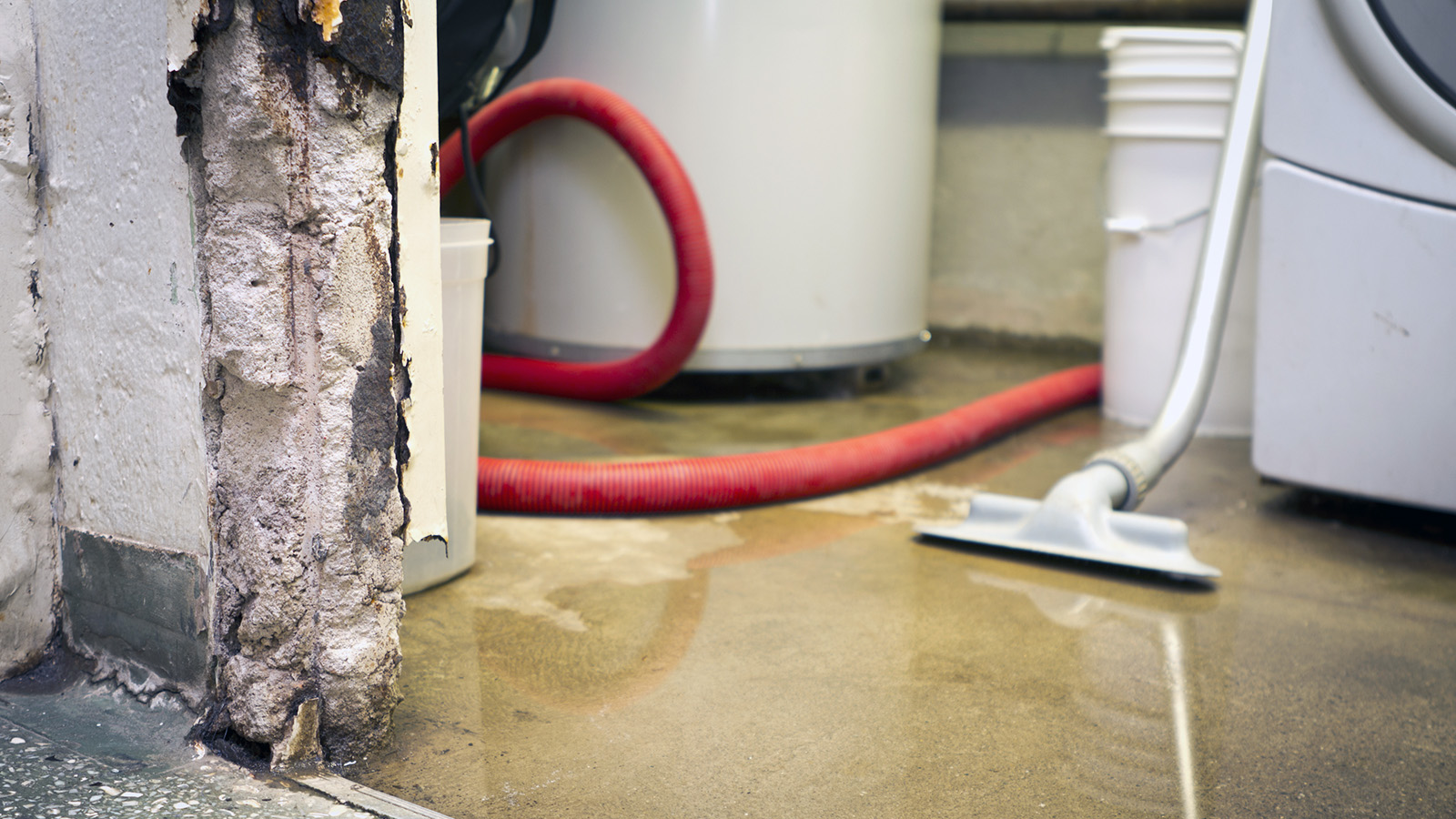Basement waterproofing specialists have a lot of tools at their disposal for receiving water out of your basement. Interior drainage systems, sump pumps, industrial-strength dehumidifiers, and other even more advanced procedures can dry out a flooded basement in no time.
Of course, there is an even better way to deal with a wet basement: avoid it. With a right basement sealing just before you get ‘water in basement’ syndrome, you can protect against all of the harm that accompanies basement flooding. You can skip out on the costs of mold removal, basement wall repair or even a comprehensive basement remodeling. A tiny bit of foresight can save you a boatload of dollars.
Pre-flood basement waterproofing is not just a matter of a great basement sealing, though — there are a couple of other components you’ll want to look out for as properly.
Allied Foundation and Crawl Space Solutions play a enormous part in stopping basement flooding. Place just, if you never have water pooling up against the outside of your basement wall, you won’t have water seeping into your basement. A great gutter method makes positive that the water is deposited away from your household or, in some circumstances, in a vast underground cistern that is made to deal with a week’s heavy rain.
Foundation Cracks
Lots of people do not make the instant connection involving their basement’s waterproofing and the cracks in their house’s foundation. Of course, if you quit and feel about it you can see the mechanics: water comes in via the foundation, at which point it has only what ever your basement walls and floors are created out of just before it gets into your basement suitable — and these items are generally made of wood, which the water will eventually destroy or seep by means of regardless.
Basement Waterproofing
The actual basement waterproofing calls for three measures: drying the basement, sealing the basement, and fixing any remaining issues (like removing the mold, basement wall repair, and so on.) Drying the basement, as mentioned above, is commonly a matter of pumping any standing water out and then applying a potent dehumidifier to dry up any wet spots that stay.
The actual basement sealing is typically a multi-step approach by itself. It generally begins with plugging any cracks visible from the inside of the foundation and basement walls. A nice coat of waterproofing paint (NOT damp-proofing, but waterproofing) is the second element of the course of action. Then you polish it off by obtaining all of the holes (windows, ducts, pipes, and so on.) involving the inside of the basement and the outdoors, and caulk or otherwise seal around them.
Lastly, the last repairs can take place. This consists of getting any mold- or water-broken products — be they furnishings, carpets, the walls themselves, or anything else — and replacing them. As soon as all of the broken goods are replaced (there shouldn’t be several if you haven’t flooded yet), you are good to reside in your basement once more. Just retain an eye on the smell it really is the first sign that one more leak has sprung — but you shouldn’t have to worry about that for a final a couple of years.
